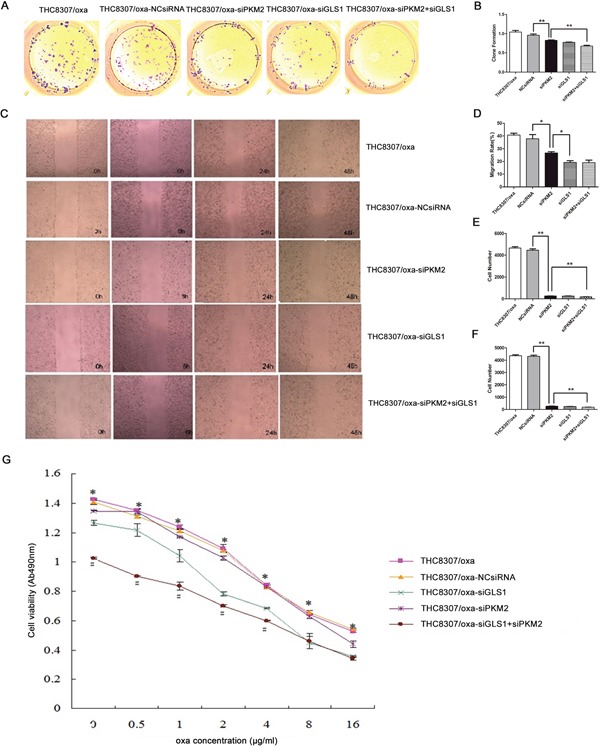Figure 5. Evaluation of malignant behaviors after knocking-down PKM2/GLS1 expression in the THC8307/Oxa cell line.

(A-B) Cell formation values in the THC8307/Oxa, THC8307/Oxa-NCsiRNA, THC8307/Oxa-siPKM2, THC8307/Oxa-siGLS1 and THC8307/Oxa-siPKM2 plus siGLS1 were 1.04 ± 0.12, 0.96 ± 0.11, 0.83 ± 0.03, 0.78 ± 0.02 and 0.68 ± 0.06, respectively (**p < 0.01). (C-D) The siPKM2 plus siGLS1 group showed a substantial inhibitory efficiency of wound healing ability (*p < 0.05). (E) Cell numbers in the THC8307/Oxa, THC8307/Oxa-NCsiRNA, THC8307/Oxa-siPKM2, THC8307/Oxa-siGLS1 and THC8307/Oxa-siPKM2 plus siGLS1 were 4163.35 ± 189.89, 4316.85 ± 208.39, 268.43 ± 12.13, 252.02 ± 29.77 and 175.47±19.35, respectively (**p < 0.01). (F) Cell numbers in the THC8307/Oxa, THC8307/Oxa-NCsiRNA, THC8307/Oxa-siPKM2, THC8307/Oxa-siGLS1 and THC8307/Oxa-siPKM2 plus siGLS1 were 465.33 ± 263.37, 445.85 ± 287.37, 266.45 ± 21.18, 238.80 ± 23.25 and 181.60 ± 17.35, respectively (**p < 0.01). (G) MTS test showed that cell survival rate in the THC8307/Oxa-siPKM2 plus siGLS1 group was dramatically inhibited with the increase in oxaliplatin concentration, as compared with the other treatment groups (*p < 0.05).
